African Dams & Energy
Omo River Basin
|
NEW ESRI StoryMaps: What's On Our Shelves & NWNL Song Library & No Water No Life ESRI |
Omo River Basin
Rupert Watson
Lawyer, Conservationist, Author, Fisherman, Birder
Alison M. Jones
NWNL Director and Photographer
Rupert Watson is a well-known Kenyan lawyer, mediator, author and advisor. A valued resource of information for NWNL, Rupert has been Chair of the East African Natural History Society and written books on birds, trees and Maasai history. NWNL Director Alison Jones consulted with him as he offered legal advice on the formation of Kenya’s innovative Mara Conservancy in 2000. His involvement in conservation is greatly appreciated by NWNL as well as many others.
NB – This Part 2 of Rupert’s interview covers Omo River Basin issues. Part 1 is on Kenya’s Mara River Basin issues: SAVING KENYA’S MAU FOREST.
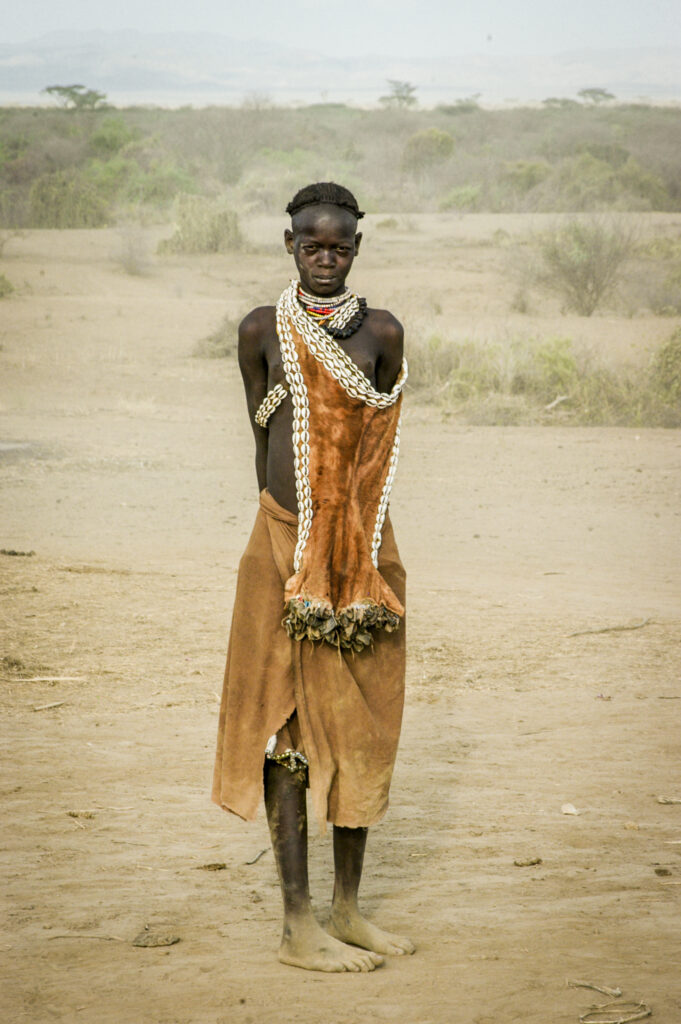
UGANDA’S BUJAGALI DAM
NORTH AMERICA’S DAMS
NORTH AMERICA’S DAMS
ENVIRONMENTAL IMPACTS
MORE DAMS?
ENVIRONMENTAL IMPACT STUDIES
Key Quote Hydrodams need water flowing through them by definition; and that allows multi-use aspects which take water off the river. That’s the bad part.. — Rupert Watson
All images © Alison M. Jones, unless otherwise noted. All rights reserved.
NWNL Rupert, here we go again! We just finished our chat about the Mau Forest, headwaters of the Mara River. Now, staying within the scope of Africa’s energy and resource needs, I’d like to discuss Ethiopia’s recently built Omo River dams. Their impacts affect the livelihoods of 6,000-year-old tribes living on the Omo’s banks and the levels of Kenya’s Lake Turkana, the largest permanent desert lake in the world.
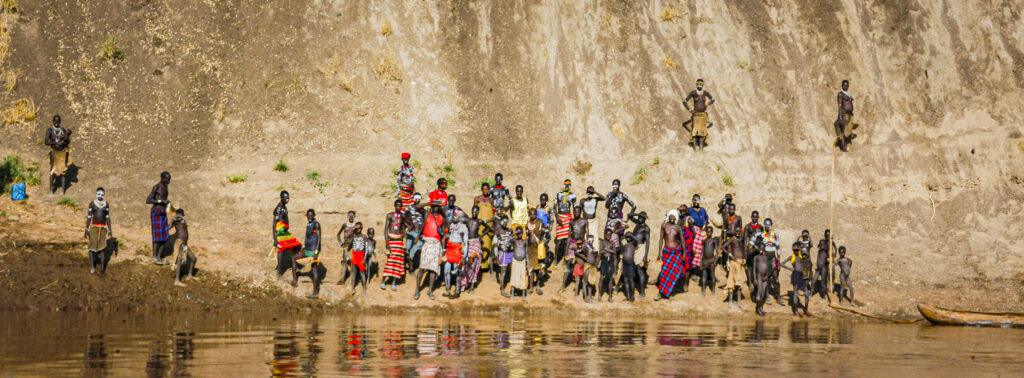
NWNL For comparison’s sake, before we talk about the Omo River Basin, I want to mention Uganda’s new Bujagali Dam and other new smaller dams near Jinga, the Lake Victoria source of the Nile River. In 2010, I visited a settlement created for villagers who had lived on the Nile River where that dam was built.
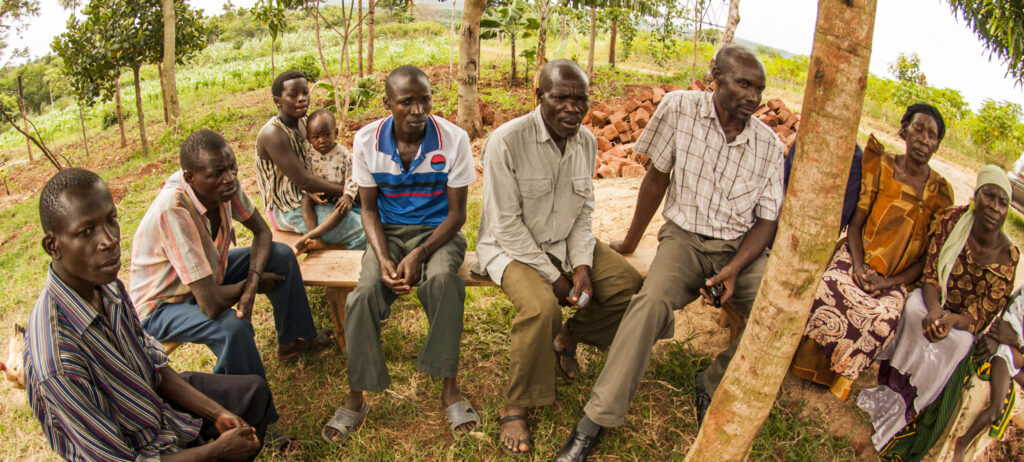
To allow construction of the Kiiria Dam, the entire community had just been moved away from its riverbank locale near Jinga to bare, arid land. Many generations of those villagers had depended on Nile waters for their crops, cooking and other needs. Suddenly, these formerly self-sufficient Ugandans had no water resources. So that dam could be built, the entire village of Malindi was uprooted to an area with no streams, no water, and no boreholes. It was pathetic, in the true sense of the word.
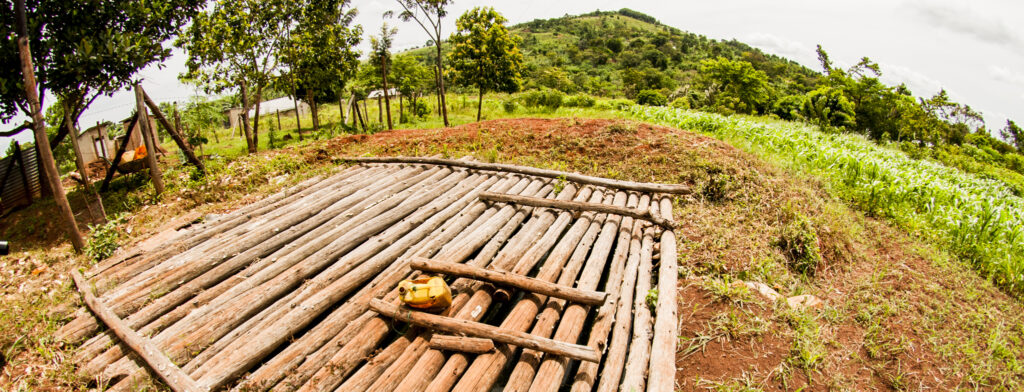
In studying water-related issues in Africa, I’ve also documented impacts of the Omo Basin’s Gibe III Dam in Ethiopia. Sadly, Bujagali Dam issues mirror those in Ethiopia regarding its new cascade of 3 dams on its Gibe River. This tributary flows into the Omo River and then fills 90% of Kenya’s Lake Turkana. Large dams continue to be built across Africa.
NWNL Let’s start with your thoughts on East Africa’s big hydro-dams, in the light of best-practice, water-related policies and in contrast to the U.S. now decommissioning some of its big dams. Dams have a lifetime, just like we do. They don’t last forever. As you know, reservoirs slowly fill up with silt, and concrete weakens over time. Thus, the average maximum age for a dam is about 100 years. Due to that and other objections to dam-building, North America is now removing many old dams – while Africa is building new dams.
RUPERT WATSON Yes. But are you decommissioning dams because they’re old?
NWNL Yes, partially for that reason, and because we are learning to respect the values, long held by Native Americans of free-flowing rivers, of damages incurred by dams.
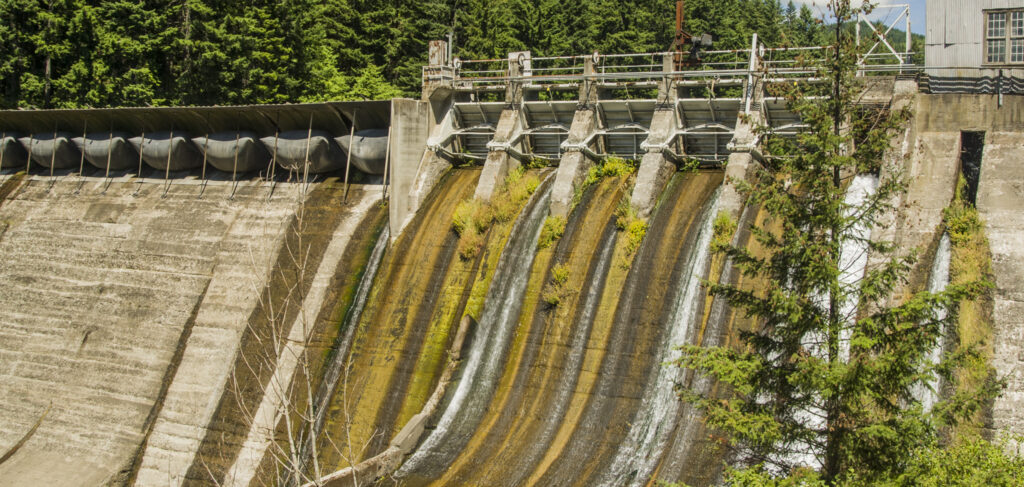
RUPERT WATSON But how will you replace that source of electricity?
NWNL It can come from wind, solar, wave, geo-thermal energies…. There are many options.
RUPERT WATSON I question if the U.S. is decommissioning any dam that is active.
NWNL First, decommissioning old dams is more expensive than building dams. Second, there is a large movement, particularly in the Pacific Northwest, to remove dams and thus restore anadromous salmon, sturgeon and lamprey populations. Removing dams will allow them to again swim upstream to spawn. Despite the dams there now, salmon still head upstream annually, looking as if they’re saying, “Oh, damn!” as they hit their heads on those concrete walls. OK, salmon may not speak our language, but they still literally hit up against these dams again and again, trying in vain to continue upstream.
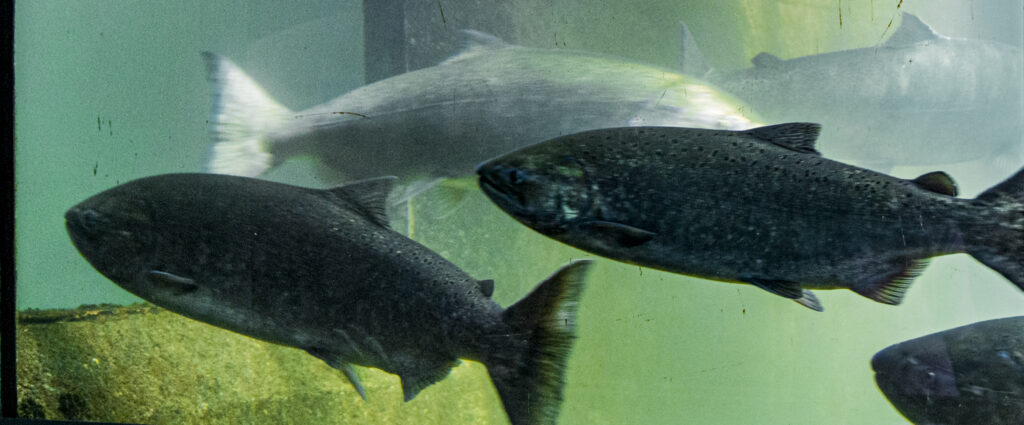
RUPERT WATSON In Africa we need power. Uganda’s a very good example. No one will invest in a country without a regular supply of power. If we generally agree that development is good, then we should make that happen as sensitively as possible. We can’t deny development.
Uganda needs power, but where will it come from? Bujagali Dam floods very little land. The amount that becomes the reservoir [absorbing Bujagali Falls] is relatively small. Therefore, the social impact is not as big as it is in many other dams. That’s not to say that the people aren’t being appallingly treated. How you treat people who need to be moved is another thing. But relatively few people were displaced by the Bujagali Falls Dam.
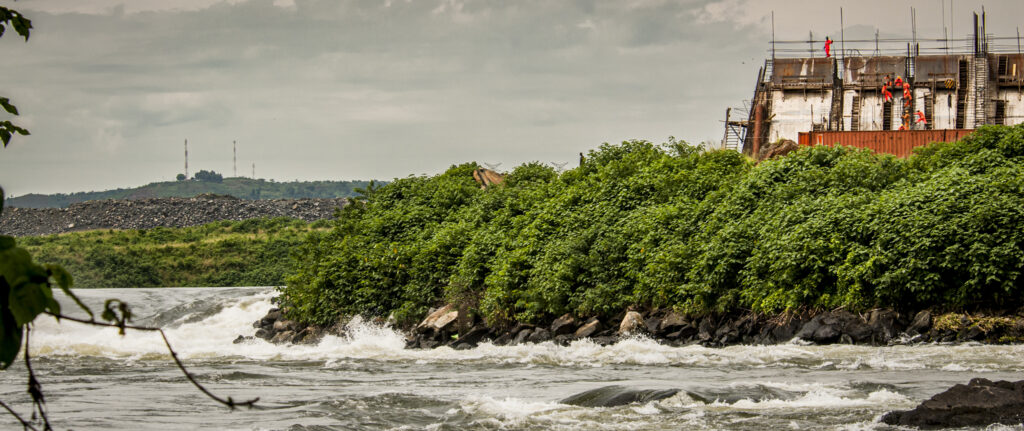
Uganda needs electricity, so what should it do? It could rely on fossil fuels because it has discovered oil resources. But we’re trying to get away from CO2 emissions that increase climate change! So, what to do? Uganda’s energy has got to come from somewhere…. To my way of thinking, we should put all the plusses and minuses of power generation into a hat. As of today, technology is limited in terms of solar, wind and wave use. So given that, I’d still root for a well-planned hydro-scheme. That’s a personal view, but I’ve thought about it quite a lot.
NWNL So let’s discuss solar and wind energies. Africa has plenty of sun and wind. Every afternoon the wind blows through Nairobi – and even more so across Lake Turkana, the terminus of Ethiopia’s Omo River.
RUPERT WATSON I think neither sun nor wind technology is good enough yet. We still must store electricity somehow – a lot of it! Even with solar, you need a battery pack. That’s one of the weaknesses of the system. You can now only feed solar energy straight into electric usage while the sun’s shining.
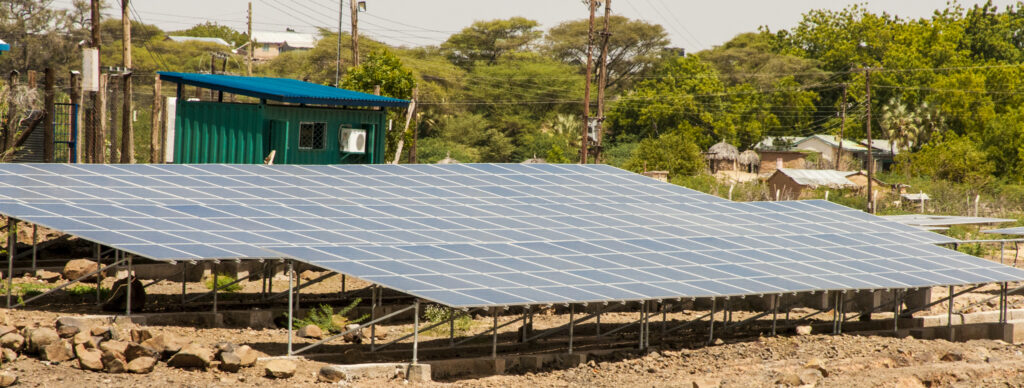
Wind technology seems good, but it also has huge downsides. Thousands of birds are killed in California near wind farms, I hear 5,000 golden eagles are killed yearly. That is a downside.
Balancing everything as it is now, I’m still in favor of hydro-energy. I don’t think solar technology is quite up to it yet; but hopefully that will overtake other energy supplies. Solar panel-makers are still subsidized, and solar consumers are still given a boost somehow or other…. But it’s not there yet.
NWNL There’s a new windfarm up in Lake Turkana. I read its Environmental Impact Study [hereafter, EIS] and intense studies of bird migration patterns. Apparently, they adjusted their placements of towers to reduce the number of birds that could be killed.

RUPERT WATSON Certainly, Lake Turkana has wind there almost all the time. You’re here in March, a dry, windy time of year around Turkana. I’d imagine that, given the way the wind blows there, it’s not really a migratory passage for birds since they’d want to stay away from the wind.
Also, by definition, an EIS in Kenya is critically flawed, because it’s commissioned by the developer – never by the environment agency. [Editor’s Note: In the U.S, per the American Bar Association, “The environmental impact statement (EIS) is a government document that outlines the impact of a proposed project on its surrounding environment… mandated by the National Environmental Policy Act of 1969 (NEPA)”]
Thus, a Kenyan EIS is always going to say what the developer wants it to say so the project can go ahead. However, if you’ve seen an independent study by Birdlife International, or a similar organization, I would give it credibility. I’d never give credibility to what a Kenya EIS says, because they minimize disadvantages, by definition of their function.
[The wind proposal for the Turkana region] also needs big transmission lines to carry the electricity. Those have certain disadvantages. But weighing the pros and cons of the Turkana wind project, I think that it is a brave idea, and I wish it well.
NWNL Hydropower needs the same transmission lines as wind power. This week, Kenya is signing an agreement with Ethiopia to build transboundary transmission lines to bring their hydropower from the Gibe Dams to Kenya.
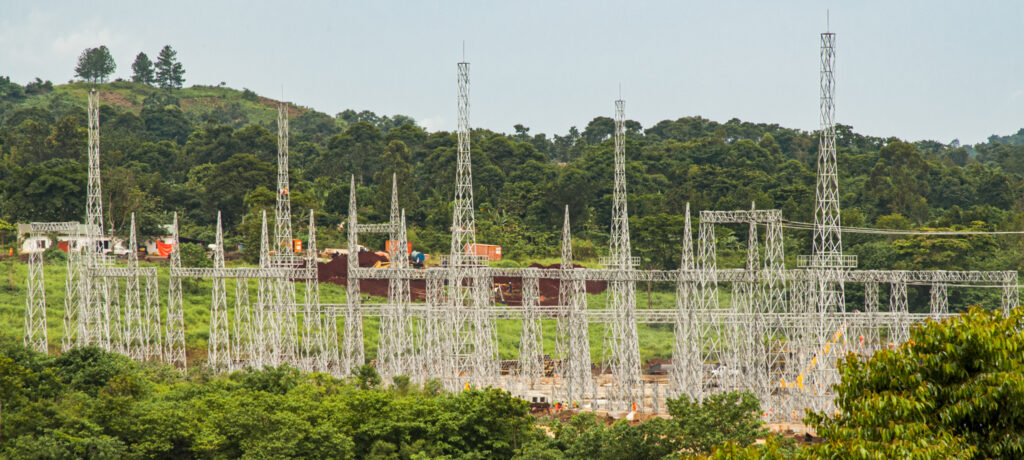
Despite downsides of wind power, it’s an alternative to hydrodams. The negative effects of the Gibe Dams seem to me very, very strong, including their devastating impacts on 6,000-year-old tribes dependent on the Omo for their flood recession agriculture. Regarding Gibe Dams’ effects on Lake Turkana, there are people who say its levels could be lowered by a third.
Some say Lake Turkana could become 2 much smaller separate lakes, due to the bathometry of the lake itself.
RUPERT WATSON I’ve never seen a map— but you probably have — that shows that if Lake Turkana goes down by one meter, two meters, and so on…, what its surface area would then be. Have you seen a map like that?
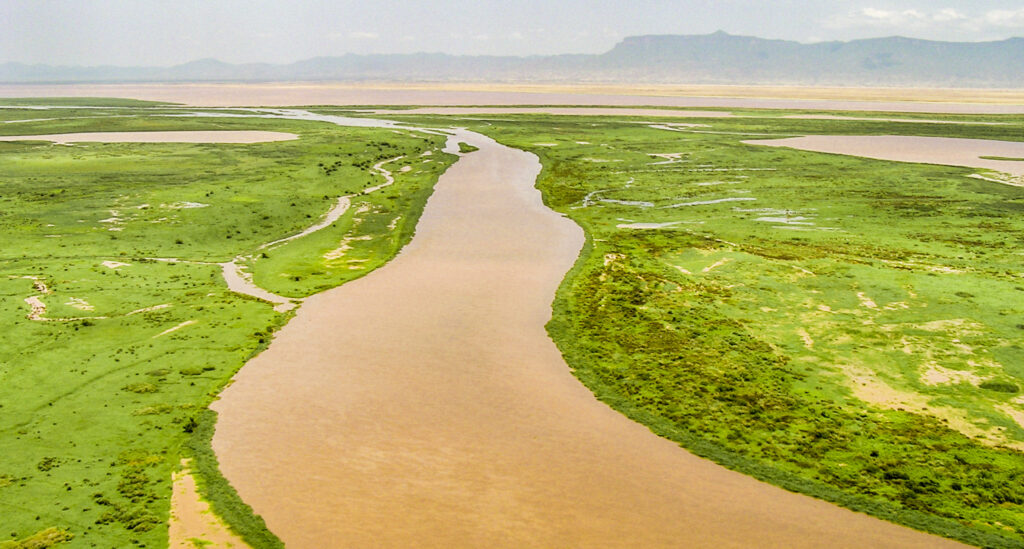
NWNL Yes. However, I’m not a scientist, so this is a bit beyond my ken. I didn’t know the word “bathometry” until I started studying Lake Turkana issues. So, I’m not qualified to verify that these predictions are accurate. I’m just saying some say that this could be.
Martin Forster, CEO of CMC Motors and Chair of the Mara Conservancy, told me that even without the Gibe Dams impacts, the Ethiopian sugarcane plantations (that are already upstream on the Omo River) will reduce the Omo flow into Lake Turkana by 19%. That’s 18 months before the Gibe – Ethiopia’s tallest dam – starts filling what will become Africa’s largest reservoir.
RUPERT WATSON Certainly the water flow will be decreased while the reservoir is filling up. To what extent depends upon how quickly they fill the reservoir. If they take 20 years to fill the reservoir, then downstream water-level decreases would be minimal. If they take 3 years to fill it, then the decrease in this downstream flow will be substantial. However, once filled, if Gibe III’s only use is to supply electricity, then the only water loss will be from evaporation, because the flow will keep going.

However, I understand that now Gibe III has morphed into a multi-use dam. Its water will be piped off for irrigation, as well as used to create hydro-energy. [Editor’s Note: That irrigation will go to cotton and sugar plantations on land downstream of Gibe III given to Asian investors.] That will reduce the Omo flow considerably and stop seasonal floods in the Omo Delta—probably creating serious consequences.
It’s a very difficult issue. To me one of the serious impacts will be the increase in alkalinity of Lake Turkana. At present people can pretty much get by with drinking that water – well, sort of, right? And livestock can get by drinking that water. But if that lake water becomes unpalatable to livestock, then they’re really up the creek.
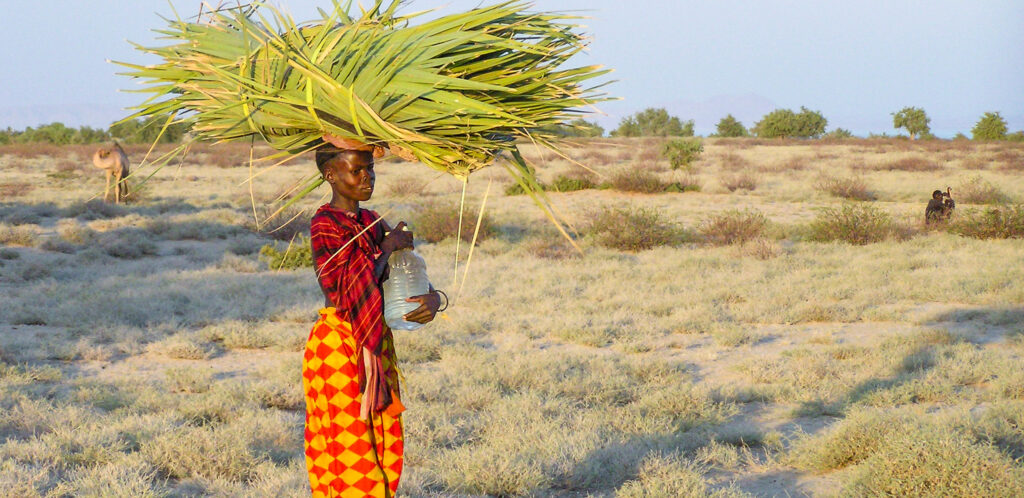
Also, the Turkwel River is another inflow into Lake Turkana. Kenya dammed that 25 years ago, which also provided significant downstream irrigation. I question how much water from the Turkwel River now reaches Lake Turkana. People blaming Ethiopia for Gibe III impacts should remember that Kenya presumably also impacted the lake level by playing around with the Turkwel River. I never hear that mentioned.
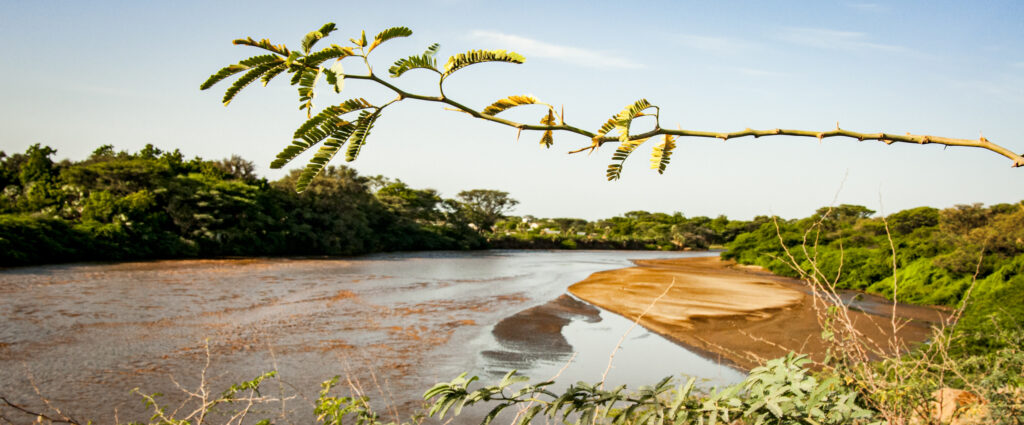
NWNL Interesting scenario about the loss of what the Turkwel used to contribute. But “that horse is out of the barn,” so to speak. Or maybe you think, “Oops, Kenya did it, so we can’t tell Ethiopia not to do it.” The problem right now, as I understand it, is that the Omo contributes 90% of the lake’s incoming water- in an arid region with little rain! Doesn’t Kenya have a responsibility to protect the Lake Turkana ecosystem and the many people who depend on it?
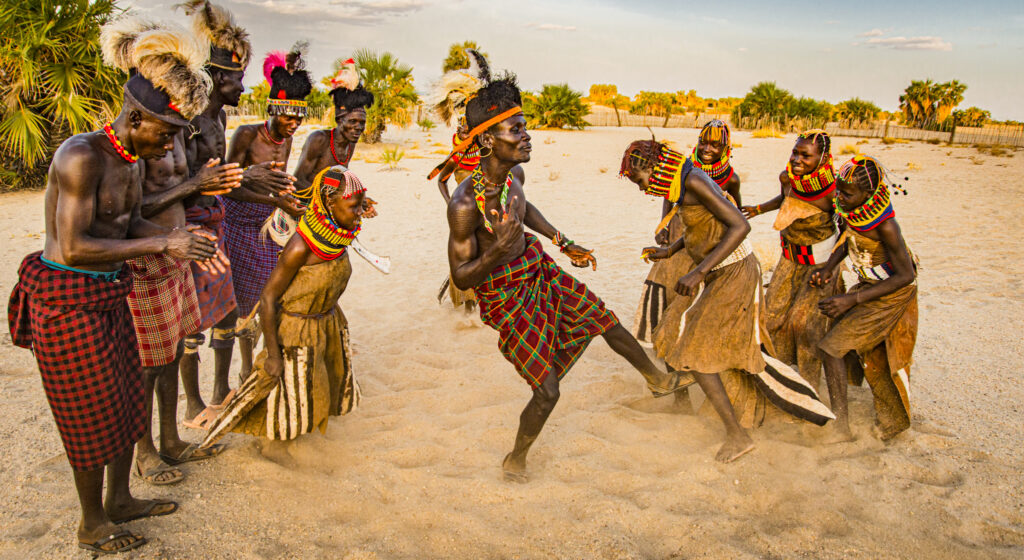
RUPERT WATSON Of course. But our buying electricity from Ethiopia means Kenya can’t now complain about the Gibe III Dam. However, Kenya could complain about its multi-use aspect: taking water off for irrigation. Kenya wasn’t consulted about that, and it should have been. Kenya should have made more noise and said, “Hey, those people on Lake Turkana depend on that flow from the Omo.”
NWNL Hmmm. Can anything be done now?
RUPERT WATSON It may be that Kenya’s new-found oil reserves around Lake Turkana will bring more focus onto that area and more people will say, “Hey, what is this funny place, Lake Turkana? What’s happening up there?” Some talk about that area becoming a big resort.
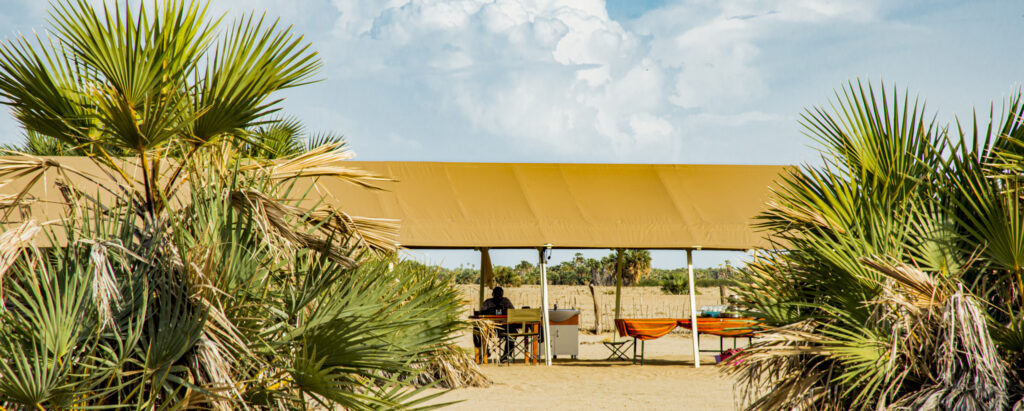
We could have pipelines from Sudan to Kenya’s Indian Ocean coast. Even if not, if there’ll be big oil wells in that area, Turkana will have a much higher public profile. That may be good for Lake Turkana. Perhaps that could lead to requiring Ethiopia to cut down on the multi-use aspect of Gibe III Dam. But the deal may now be signed, sealed and delivered. It may become an even bigger irrigation scheme.
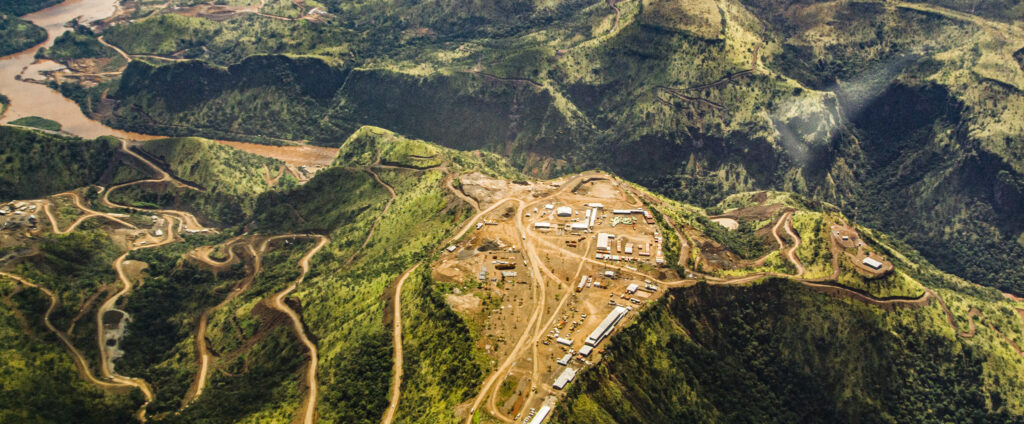
NWNL Do you know anything about potential impacts of the Gibe IV and Gibe V Dams?
RUPERT WATSON Well, if Gibe III gets a bad name, then Gibe IV and Gibe V will be much harder to fund. Although you know the African Development Bank was going to fund Gibe III and then pulled out; yet alternative funding was quick to find. But still, funders have some principles, or at least varying degrees of principles. If Gibe III gets a bad name, then maybe Gibe IV and Gibe V will be harder to get started.
NWNL In fighting Gibe III, International Rivers used some of our No Water No Life photographs and fact-finding for their documentation. I well remember a year ago when African Development Bank, European Investment Bank, USAID, and The World Bank jointly decided to pull out of their investment. Our protest had highlighted that Ethiopia’s Constitution required both an environmental and a cultural impact study. Neither been done. Additionally, the contract wasn’t put out to tender. Instead, it was handed directly to an Italian firm. On learning from International Rivers and NWNL that those actions were against Ethiopia law, those funders pulled out and we celebrated this “David v Goliath” victory — for 10 days…. Then the Chinese said, “Well, we’ll fund it, and we’ll build it.”
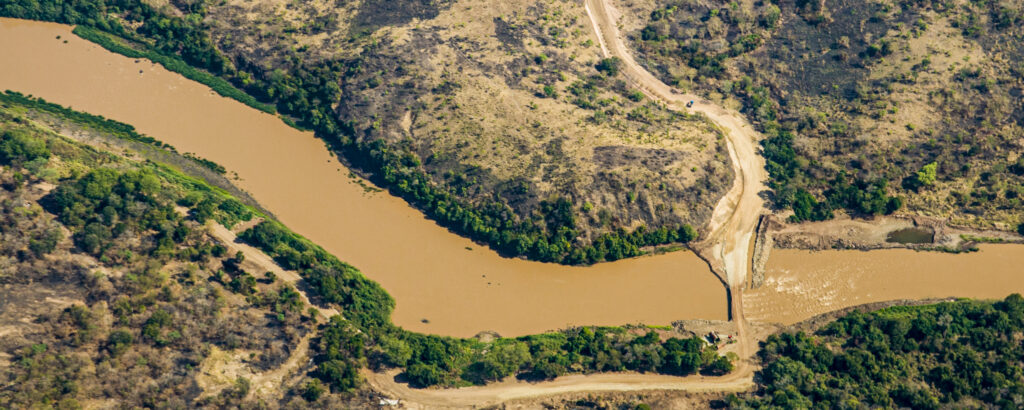
RUPERT WATSON You talked about International Rivers. There are a couple organizations like that which seem determinedly anti-development, claiming any sort of dam is a bad dam. I find that argument very difficult to support.
For me, a hydrodam itself isn’t a serious problem. I see seasonal flooding will be reduced. But hydrodams need water flowing through them by definition; and that allows multi-use aspects which take water off the river. That’s the bad part.
NWNL May I ask you a legal question? We spoke earlier about environmental and cultural impact studies. Why is an EIS important, aside from the fact that if it’s a law it should be followed? Why should they be written and how effective are they? Is there a limit to adaptations that an EIS might require, perhaps technical impossibilities or extreme costs? Are there follow-ups when changes are required?
RUPERT WATSON It is very good that they exist and that they must be followed. It is much better that they must be done by somebody, rather than by nobody. At least, in Kenya it brings notice to the developer of what our various rules are, what they say, and so on.
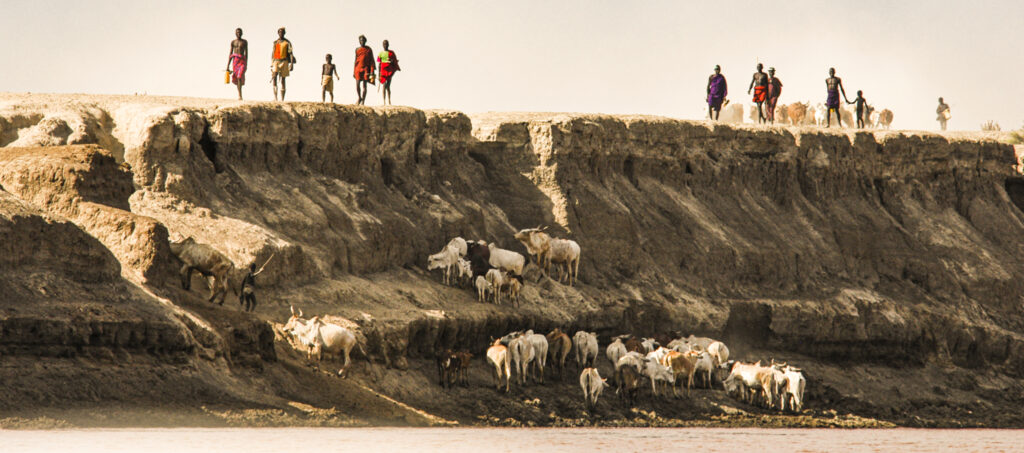
But to my way of thinking they are fatally flawed here by the fact that they’re commissioned by the developer. I think they should be paid for by the developer, but commissioned by the environmental agency, in our case, NEMA, National Environment Management Authority.
I’ve asked people involved in that world, “What happens with such studies outside Kenya? Are they always commissioned by the developer?” It seems to me all wrong because the developers are not going to say, “This is a lousy idea. You can’t do this. The impact is going to be terrible. There are already six other flower farms in this area plundering water from the aquifer, and it won’t take a seventh.”
They won’t say that. They’ll dress up the issue in such a way that it becomes acceptable to local authorities. They will focus on all the positives and put aside the negatives.
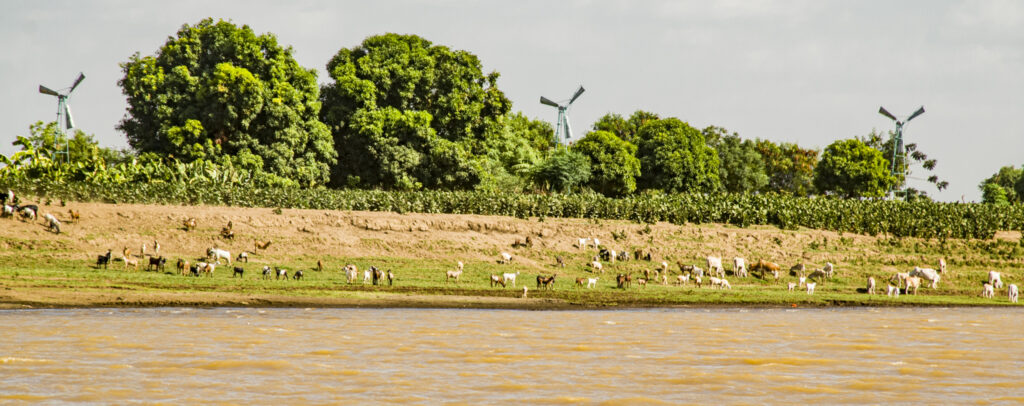
Kenya’s approach seems to cry out to be different. An EIS should be done, and the developer should pay for it. But the EIS should be commissioned on behalf of the environment, by an environmental authority saying, “Give us your project proposal. We are going to appoint ABCD to make sure it is done properly. It will be on behalf of the environment, not on behalf of the developer.
This seems to me a no-brainer, and I’d like to know if it’s happening anywhere else.
NWNL I think there are many messy issues involved. Even in the U.S., an EIS done by the EPA [Environmental Protection Association], it is often fraught with problems. Many U.S. environmentalists and conservationists are concerned about the EPA losing its strength. At the moment it seems somewhat “legless” – and that can cause significant harm to many.
RUPERT WATSON You’re saying that the EPA in America has perhaps lost its teeth or its political will. We say that about NEPA as well. Perhaps Kenya can strengthen these studies by giving NEPA power to manage and commission an EIS, not giving developers that power.

NWNL Yes. That should be in your new Constitution.
RUPERT WATSON Yes, Environmental Management Act – Part 2! You’ve encouraged me to get on my hobby horse and rant about things that I think are important. We’ve covered a lot of good ground. Thank you.
NWNL Rupert, thank you for discussing these ongoing, critical issues. You’ve helped greatly by adding perspective, legal background and timelines to these environmental issues.
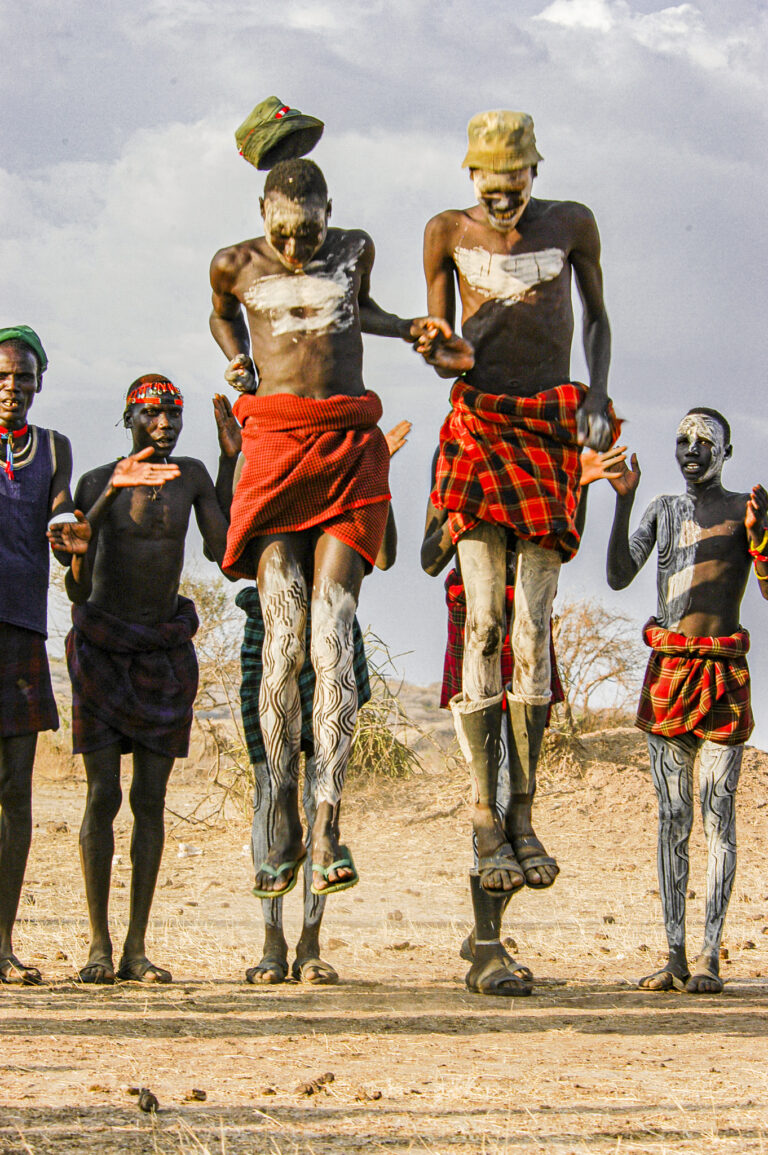
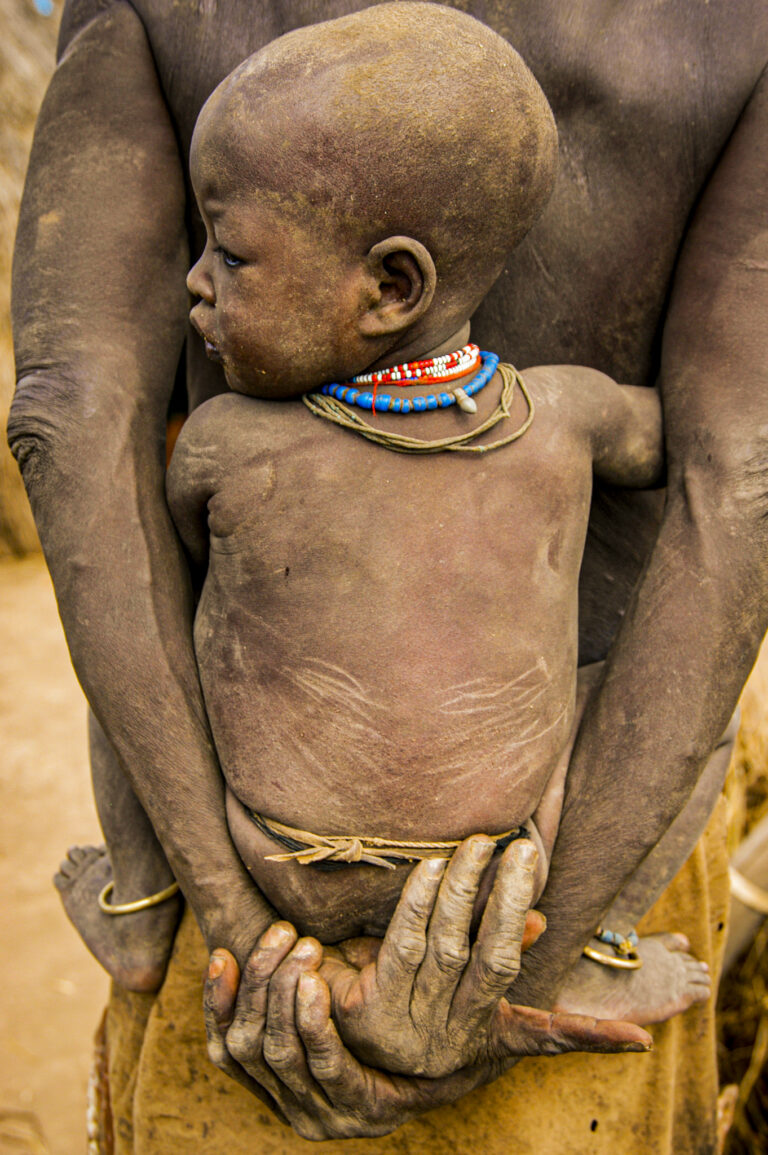
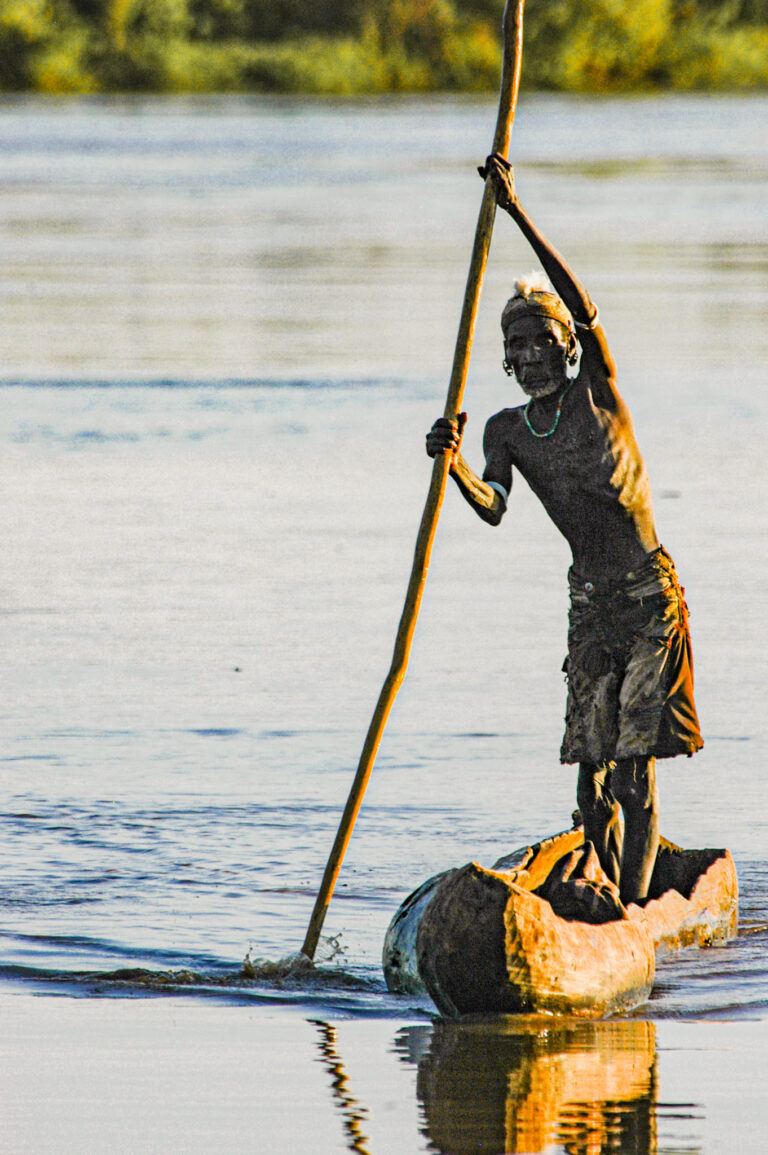
To all the Omo and Turkana people I’ve met and photographed, including Nyangatoum dancers, a Kwego mother & baby, and a Dassanach ferryman: Thank you for sharing the beauty of your river, lake and heritage! Alison M Jones
Also see Part 2 of this interview with Rupert: “Saving Kenya’s Mau Forest”
Posted by NWNL on January 22, 2024.
Transcription edited and condensed for clarity by Alison M. Jones.
All images © Alison M. Jones, unless otherwise noted. All rights reserved.
